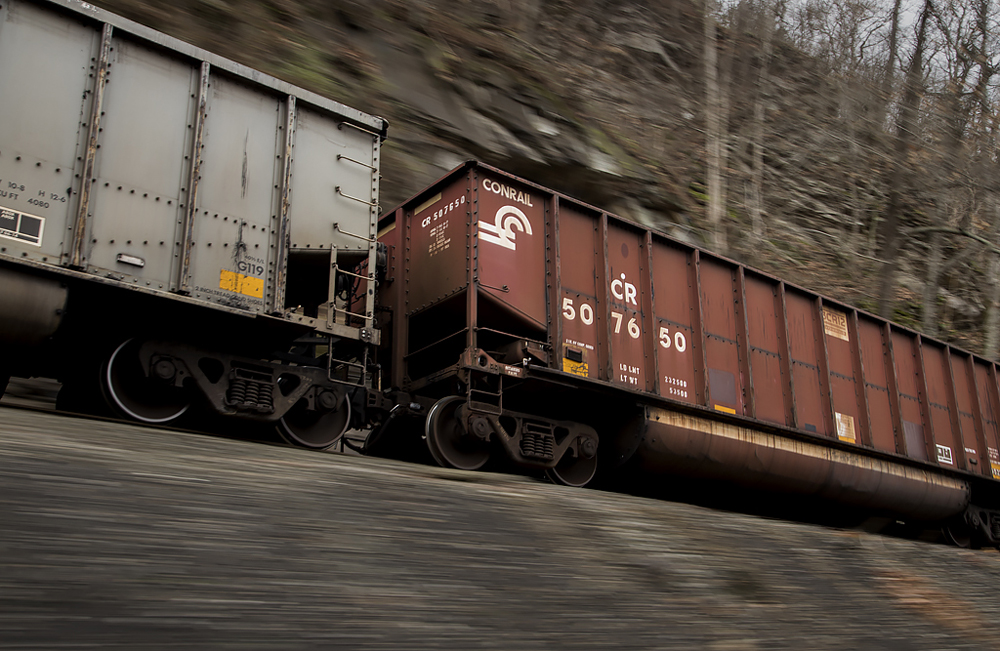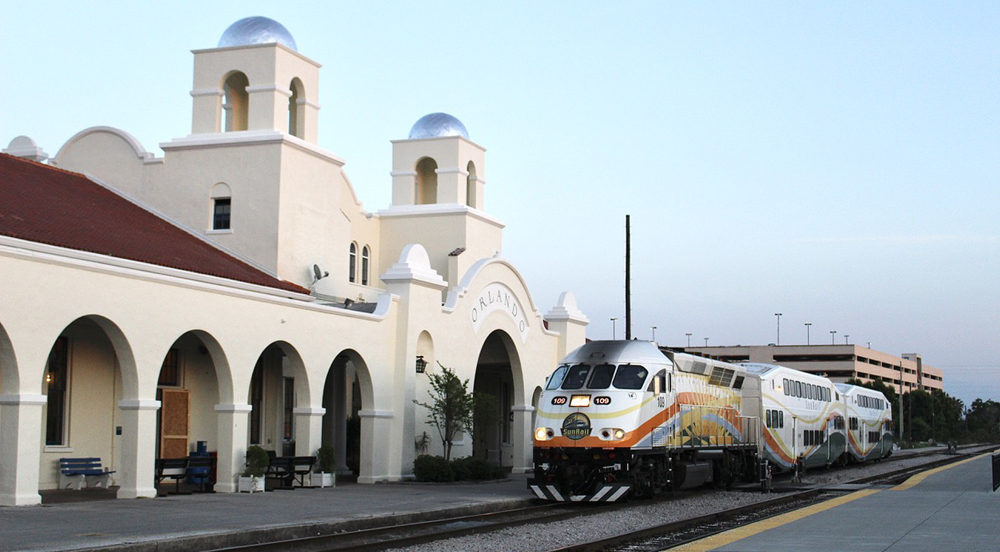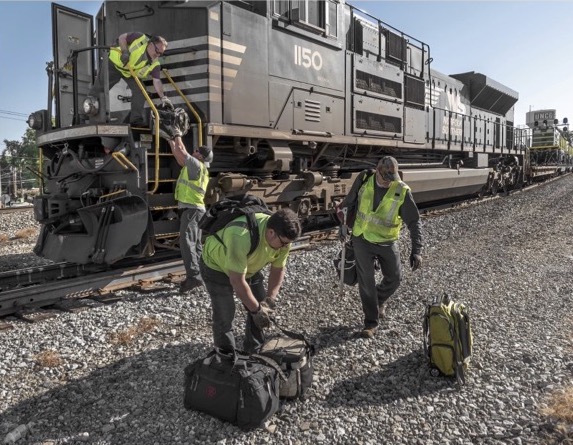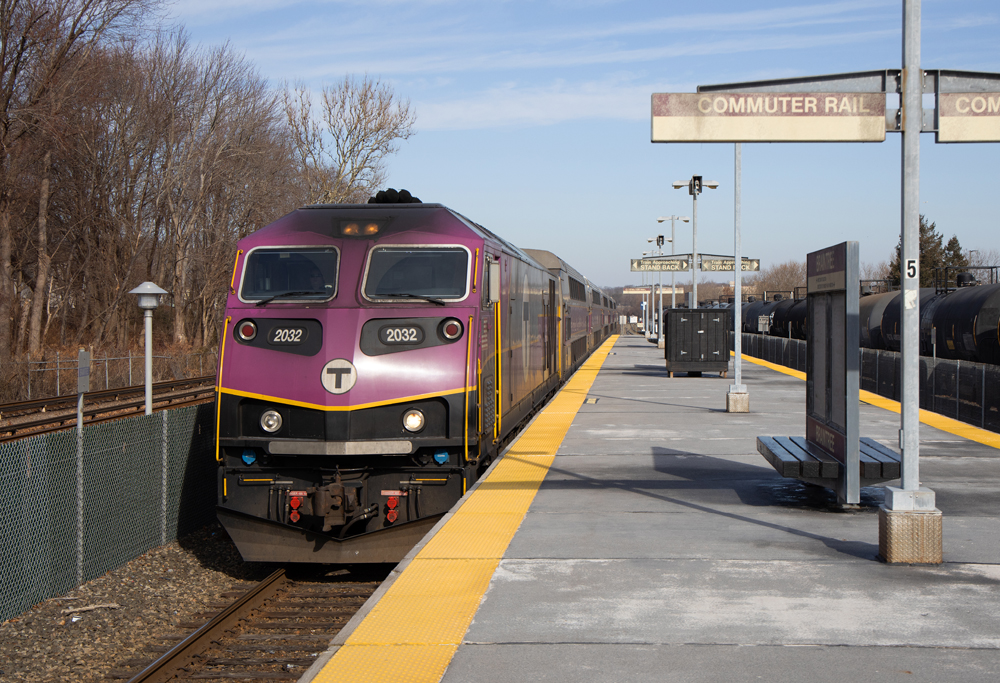
CHARLESTON, W.Va. — Steelmakers around the world continue to have a strong appetite for America’s metallurgical coal, with railroads in a position to benefit in 2022. The U.S. Energy Information Administration’s short-term outlook expects demand for coal used in steelmaking to increase 16% in 2022.
Brazil and India have historically been the largest buyers of American coal used in steel mills, but the U.S. has also become a key supplier for China because of an ongoing trade conflict between that country and Australia [see “Analysis: China’s ban on Australian coal is benefiting U.S. railroads,” Trains News Wire, Nov. 24, 2021]. According to the EIA, between January and October 2021, the U.S. exported nearly 11 million short tons to China, more than the previous four years combined.
In 2021, China-bound coal helped U.S. coal exports increase an estimated 26% to reach 87 million short tons, of which 54%, or 47 million short tons, was metallurgical coal. This was a 12% increase year-over-year for U.S. metallurgical coal exports.
The EIA anticipates U.S. coal exports to trend upward with metallurgical coal exports driving the increase. International steelmaking increased modestly in 2021 and the EIA forecasts that growth to continue this year. The administration forecasts metallurgical coal exports of 50 million short tons in 2022 and up to 55 million short tons in 2023.
If the EIA’s numbers come to fruition, and after converting from short to metric tons, its forecast equates to 23,600 additional carloads year-over-year. This is a simplified approach and it’s unrealistic to assume railroads will handle every incremental ton. If railroads hypothetically handle 70% of the anticipated increase, it is a healthy 16,000-plus carloads that would bolster rail traffic between mines and seaborne terminals.
CSX Transportation and Norfolk Southern are the largest beneficiaries of a rise in metallurgical coal. Through the first nine months of 2021, the most recent data available, Norfolk, Va., handled 19.7 million tons of metallurgical coal, a 12% increase year-over-year. Norfolk is served by the CSX-served Dominion Terminal Associates in Newport News, Va., and the NS-owned and served Lamberts Point Terminal in Norfolk. This volume rise helped bolster Hampton Roads coal exports to 19-month highs, according to an S&P Global article published in midway through the fourth quarter of 2021.
If trade tensions persist between China and Australia, increased demand from the U.S. will beef up carloads for the two eastern Class Is throughout 2022. According to the Association of American Railroads, U.S. coal carloads ended 2021 at 3.32 million carloads, a 10.9% increase year-over-year, or nearly 64,000 more carloads. The AAR’s data does not differentiate between thermal and met coal.
And for the week ending Jan. 15, 2022, U.S. coal carloads stood at 67,867 carloads, a 17.9% increase over the same period in 2021. It remains premature to draw conclusions on such early date; however, current business indicators point to coal’s momentum continuing in 2022. Railroads are sure to welcome the business.














How does this increase affect the recently downgraded or railbanked lines in coal country?
With China Inc. recently buying up US farming assets to firm up their supply of proteins like soy, look for them to start buying up mining companies or mining assets with reserves on the books to firm up their met coal supplies.
Cool Photo!
China consumes half the world’s iron ore, much of it for use in residential building. Given the ongoing slump in China’s reiddential building it’s not clear how long the met coal boom will last.